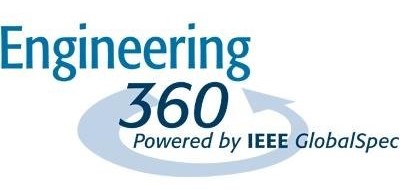S. Himmelstein | June 14, 2023
Soiling of solar module surfaces by dust or dirt particles can undermine photovoltaic (PV) system performance. The utility of antistatic and hydrophobic coatings in reducing such particle impacts was tested in the semi-arid weather conditions of Benguerir, Morocco.
Researchers from Morocco’s Green Energy Park and Portuguese anti-soiling specialist ChemiTek Solar tested different coating and cleaning strategies on five PV systems. The first remained uncleaned and did not receive any coating or cleaning solutions while a second PV system was periodically cleaned with just water. ChemiTek’s Solar Wash Protect (SWP) cleaning and antistatic protection solution was applied to the third test system. The fourth and fifth PV systems were used to examine the company’s D-Solar Defender (DSD) and Industrial Glass Protect (IGP) hydrophobic coatings.
[See also: Coating enables solar panels to self-clean]
Significant efficiency gains in the coated PV panels compared to the reference system were observed after nine months of operation. The average efficiency gain of coated PV panels was approximately 10% during an initial three-month cleaning period. During the subsequent non-cleaning period of six months, the efficiency gain remained around 5%. The cumulative energy gain of the coated systems, compared to the water-cleaned reference, reached an average of 3% after the outdoor exposure period.
 The PV test site in Morocco. Source: ChemiTek
The PV test site in Morocco. Source: ChemiTek
Application of the coatings also served to markedly reduce the volume of water needed to clean the PV modules. The SWP cleaning and antistatic protection solution required 50% less water compared to the system maintained without a cleaning solution. The SWP detergent for solar module cleaning and protection was more successful at dust removal during the August to February dry season with low rain rates while during the March to April rainy season, IGP outperformed SWP and DSD, with a small difference in PV performance.
The research published in Heliyon confirms the benefits of using anti-soling coatings in dry areas to enhance PV system performance.
